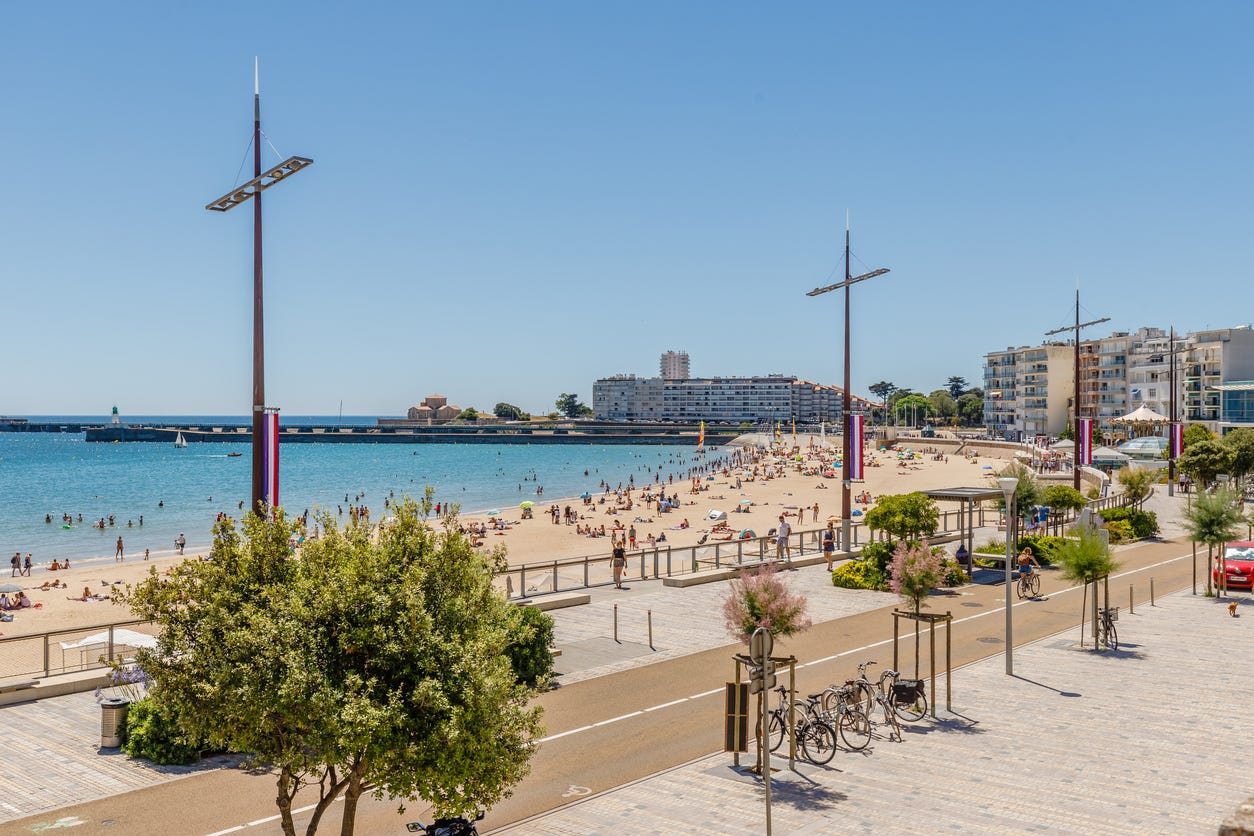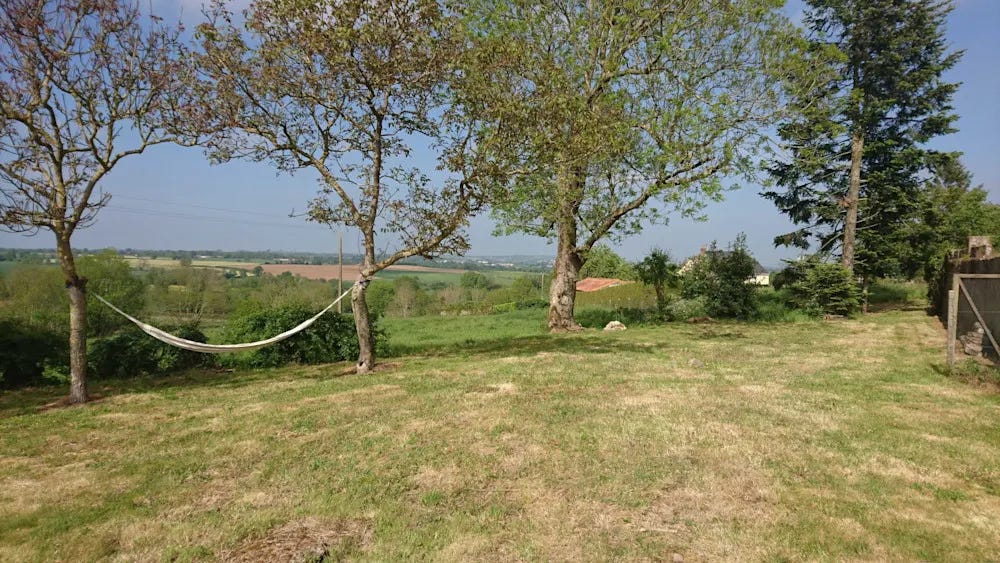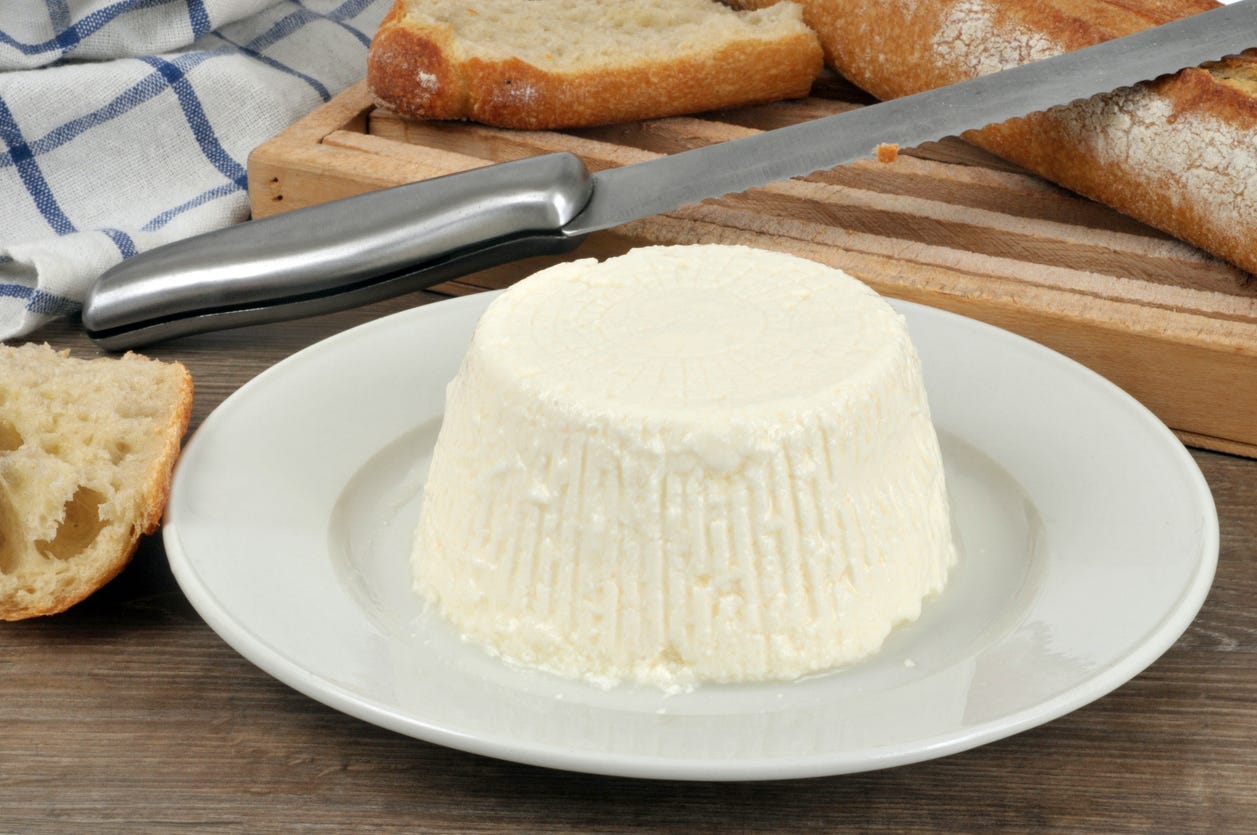The Hidden French Region That Stole My Heart
From solitary winter walks to lively summer markets, how the Vendée’s wild coast and close-knit community transformed my life in France.

In the winter, I feel a sense of freedom on the empty beaches of the Vendée. Walking along with my dogs, feeling the biting Atlantic wind on my face, and hearing the waves crashing on the shore… you can journey for miles without seeing another soul.
There’s a stark contrast between the seasons here. In the summer, this western region of France, between Nantes and La Rochelle, is full of life. In coastal towns like La Tranche-sur-Mer and Les Sables-d’Olonne, markets bustle and music fills the air.
With miles of unspoiled sandy beaches, surrounded by vast stretches of ancient woodland, the Vendée offers the best of both worlds. Peace and space, fêtes and brocantes (outdoor flea markets)… and a community you can count on.
Finding Balance in the Vendée
My journey to France began 16 years ago when I sought to escape the daily grind of my life in Scotland. I left behind my job as an interior designer there and joined my parents in the Creuse, a small, quiet department in central France.
It felt like the middle of nowhere… but with its tranquility and relative solitude, it also felt like the perfect place to focus on raising my daughter and newborn son.
As the children grew and started school, however, the remoteness became harder to manage. No friends to pop in and say hi, no pub lunches, and no shopping trips to my favorite boutiques. I needed somewhere peaceful but not isolated. Somewhere that offered more balance.
My quest for more brought me to the Vendée…
A Relaxing Communal Life
Our home is situated between the two biggest towns in the Vendée—La Rochesur-Yon and Sables-d’Olonne.
La Roche sur Yon is the administrative center of the region—chosen by Napoleon Bonaparte himself, who redesigned the town for more efficient military movement. It was even renamed Napoléon-Vendée in his honor (though it reverted to La Roche-sur-Yon after his fall). It’s where you go for all official matters and there’s everything else you need—from supermarkets to cinemas.
A typical day in the Vendée starts early, taking the kids to catch the lycée bus. I walk my dogs morning and evening, which keeps me active and gives me a healthy breath of fresh air. During the day, I work from home as a writer and occasionally head into town for shopping, or take a day out to visit historic sites or pretty villages off the beaten track.
The proximity to the region’s amenities, accessible transport links, as well as the mild climate and family-friendly activities, are why this region is so popular with expat communities. There are several Facebook groups for the area that are a great way to find out what’s going on. Members are always willing to share their knowledge of the area and offer advice. This is where I found my hairdresser, who’s become a great friend!
A Very French Education
When I first moved here, my children were very young and my French was rusty. I made an effort to speak as much French as I could at home, not wanting them to fall behind or feel out of place at school. (Fast forward 16 years and the tables have turned; now they correct me!)
Learning French is one of the biggest challenges for transplants in France. Because my children started at the very beginning, they didn’t need to adapt to the French school system. (I have friends with children who were teenagers when they moved here and it was a much tougher transition. Some even had to repeat the school year to catch up.)
I went for several learning methods. I took group classes, individual lessons, and an online degree course with the Open University. Each method—along with conversing with my patient neighbors—played a part in helping me come to grips with the language.
It took me a lot of time, effort, and hard work to become fluent. If you want to make the most of your life here, however, reaching a solid level in the language is essential.
Occasionally, when I’m stuck on a phone call, battling with long-winded French administrators, repeating myself to yet another person who has no record of my previous three calls… or when I pop to the shops for something I need, only to remember it’s Monday and they’re closed… I wonder why I ever chose to settle in France. I find myself longing for the welcoming—albeit colder—arms of my beloved Scottish homeland.
But then I reflect on the quality of life I have here with my partner and two children… and I wouldn’t trade it. Living in the French countryside gives me an unparalleled sense of freedom, the reassurance of having warm and supportive neighbors, and a huge advantage for my children, who are growing up bilingual.
An American in the Vendée
My friend Tom worked in the US Department of Justice in Washington, DC, before retiring to France in 2015. Though now living in Paris, he enjoyed the slower pace of life and local culture in the Vendée region, where he owned a house for several years.
"The rural environment is very attractive," says Tom. "Living in the Vendée, we often went to La Rochelle and the beach at Sables-d’Olonne. When visitors came, we would visit some of the lower valley châteaus."
The Vendée has a strong, reassuring sense of community. Neighbors, while they generally keep to themselves, are always ready to help at a moment’s notice without expecting anything in return. These small acts of kindness create natural opportunities for connection and camaraderie. (And a bottle of homemade wine given in thanks is always appreciated!)
"Americans, I think, make friends more quickly than the French," says Tom. "The French are perhaps a little bit more wary to start with. But I find that French friendships when they’re established go much deeper than American ones."
Becoming French
Tom’s wife is French, and he became a citizen shortly before retiring in 2015. "The citizenship process was lengthy, involved a lot of paperwork, and took about a year and a half," he says.
"Try to come with some degree of language skill. Even though more people speak English in France now, it will help a lot."
While fluency isn’t required for short-stay visas, from January 2026 anyone applying for long-term visas or citizenship will need to demonstrate a higher level of proficiency (i.e., a B2 level, which is a step up from the current B1 requirement).
For me, arriving in France from the UK, I didn’t need to apply for a visa. However, following Brexit, I’ve had to obtain a carte de séjour or residence permit from the Préfecture. Because I’d already been a resident for over 10 years, my card is valid for a decade. (I’ve been considering applying for French nationality for some time now, but as it’s a lengthy process, it’s one of those things that always seems to get pushed to the bottom of the list.)
Whatever your situation, the first step in navigating the process is to consult the French government to find out exactly what’s required.
Having a native speaker to guide you through the system is something you absolutely need. Dealing with the French administration is challenging, whether you speak the language or not.
French Essentials
For many, especially those from the US, one of the big appeals of France is the lower cost of living. Over the years, my food and utility costs have steadily risen. But property prices remain more affordable in certain regions. Homes near the coast may be more expensive, but if you venture inland, there are still great deals to be found.
We bought our longère (farmhouse) 12 years ago for €150,000, with the intention of renovating. It’s still a work in progress, but finding a property at that price point felt like a win.
France is also renowned for its excellent healthcare system, though accessing it has become more challenging in recent years, particularly when it comes to finding healthcare professionals quickly. Despite paying around €160 per month for health insurance, we still don’t have a regular doctor and have had to rely on teleconsultation services available at the local pharmacy.
Tom, who has experienced both the French and American systems, agrees that healthcare access can be tricky in rural areas. He says, "The quality of care is every bit as good as the US, but the increasing scarcity of medical and health assistance outside the big cities is not so good."
Navigating the system can be complex without proper preparation, so Tom emphasizes the importance of understanding health insurance options for Americans moving to France.
For anyone considering a move to the Vendée, I also strongly recommend spending time in the region in both winter and summer. Life moves at a completely different pace depending on the season, and those expecting the lively atmosphere of summer year-round may find the quieter winter months a challenge. I’ve known people who’ve moved back home because they didn’t realize they’d miss the social life they were used to.
While I miss friends and family, staying in touch is much easier these days and I visit home often. The region is well-linked, making spontaneous day trips or even quick flights entirely doable.
We’re quite sporty and love being outdoors in the Vendée; the hundreds of cycle paths and walking routes right outside our door is perfect for us. Even in the more remote villages, there are always sports and leisure associations to join, which is a great opportunity to connect with the local community.
Moving to another country was a big, life-changing decision, even if I didn’t fully realize it at the time. Sometimes I wonder how things might have turned out if I hadn’t taken that leap. But despite the occasional homesickness, I wouldn’t change the life I’ve built for my family here or the freedom that comes with it.
La Bonne Bouffe: Local Specialities
One of the best reasons to visit France is, of course, the food. Travel through each of the regions, and you’ll discover lesser-known dishes that were once staples of rural life. The Vendée is no exception, offering much more than just brioche and huîtres (oysters).
Growing up on a farm, my friend Maryline, a Vendée native, recalls Sunday evenings when mogettes—white beans—were cooked in a large pan over the hearth. Sunday evenings were traditionally the women’s night off cooking, so it was the men who prepared the meal. While the mogettes warmed, they toasted, buttered, and rubbed slices of pain de quatre (a large round rustic loaf) with garlic. The hot beans were then spooned over and served with slices of ham—another staple of Vendéen cuisine.
My neighbor Marie-Yvonne also grew up in the Vendée and shared her childhood memories of caillebotte, a dessert made from milk set with a plant called chardonnette, a kind of wild artichoke. Like many rural dishes, each family had their own way of preparing it, and it was a way of using up the milk after churning butter. Once solidified, a cross was cut to release the water, and it was served with sugar or coffee.
Another sweet treat is bottereaux, diamond-shaped beignets deep-fried to perfection (also known as foutimassons or tourtisseaux, depending on which part of the region you’re in). But my own personal favorite is the préfou from my local boulangerie. Deliciously simple, it’s a half-baked baguette filled with butter, garlic, and parsley—similar to garlic bread but uniquely Vendéen.
— Carolyn Hall, a travel and wellness writer based in France.
Editor’s Note: Carolyn’s story first appeared in the pages of IL magazine. If you’d like more real stories like this every month, click here to subscribe.





